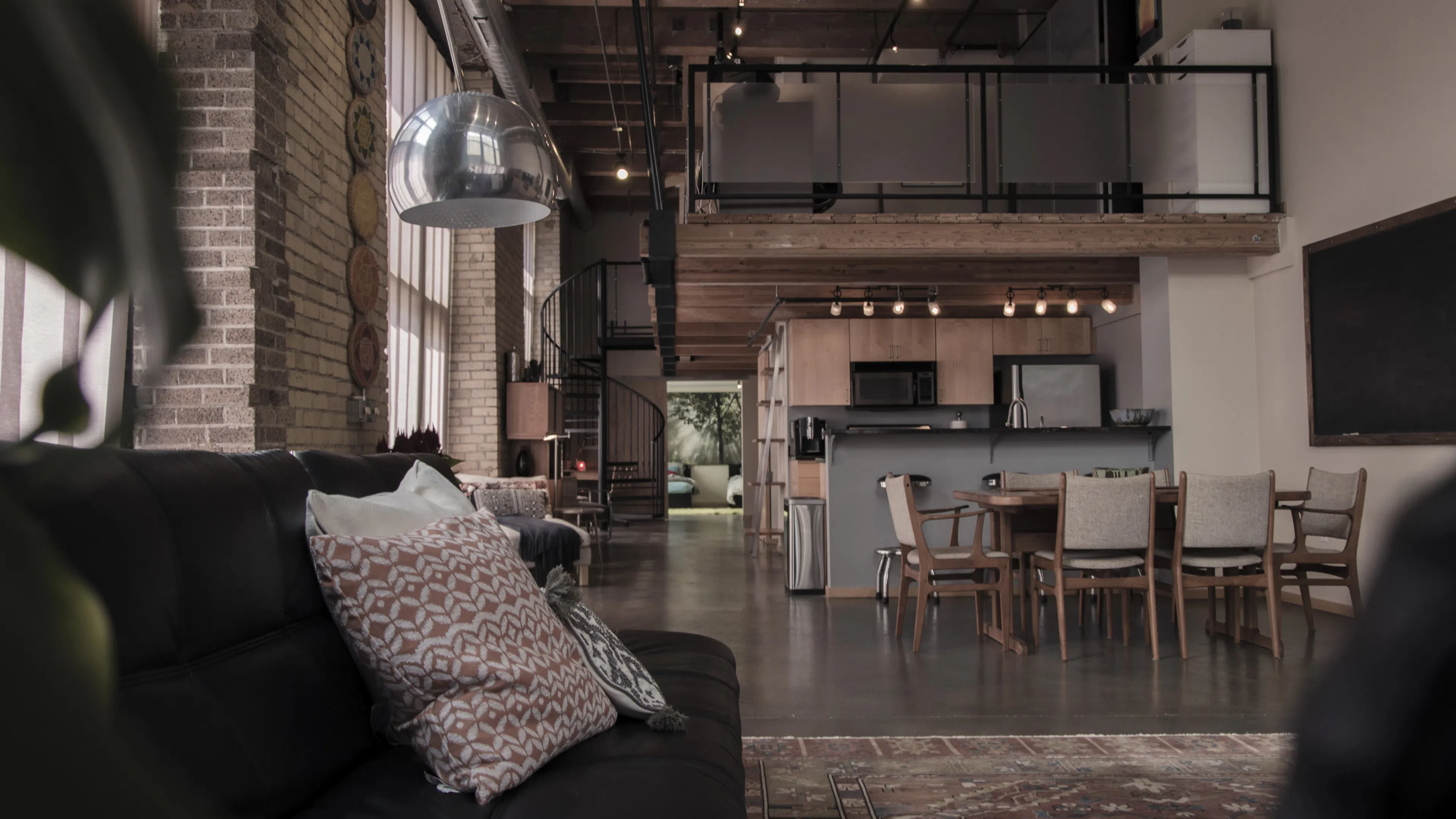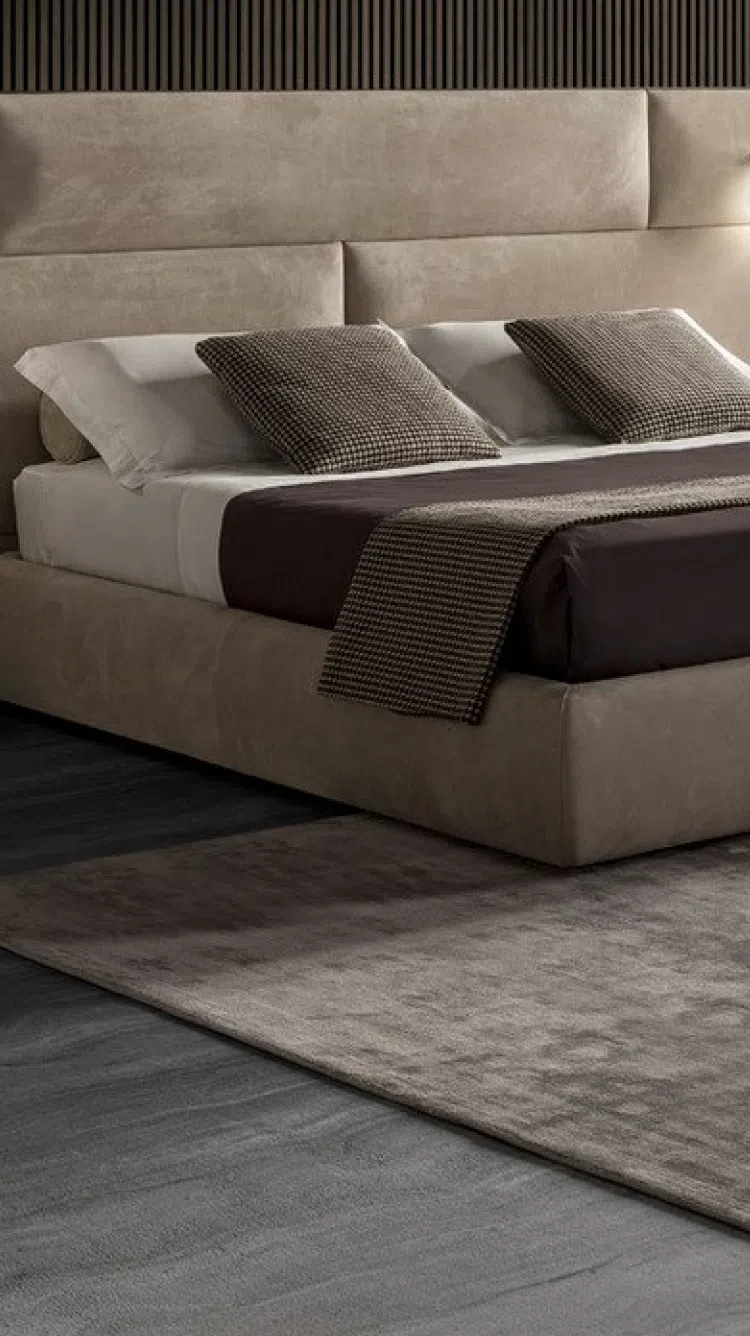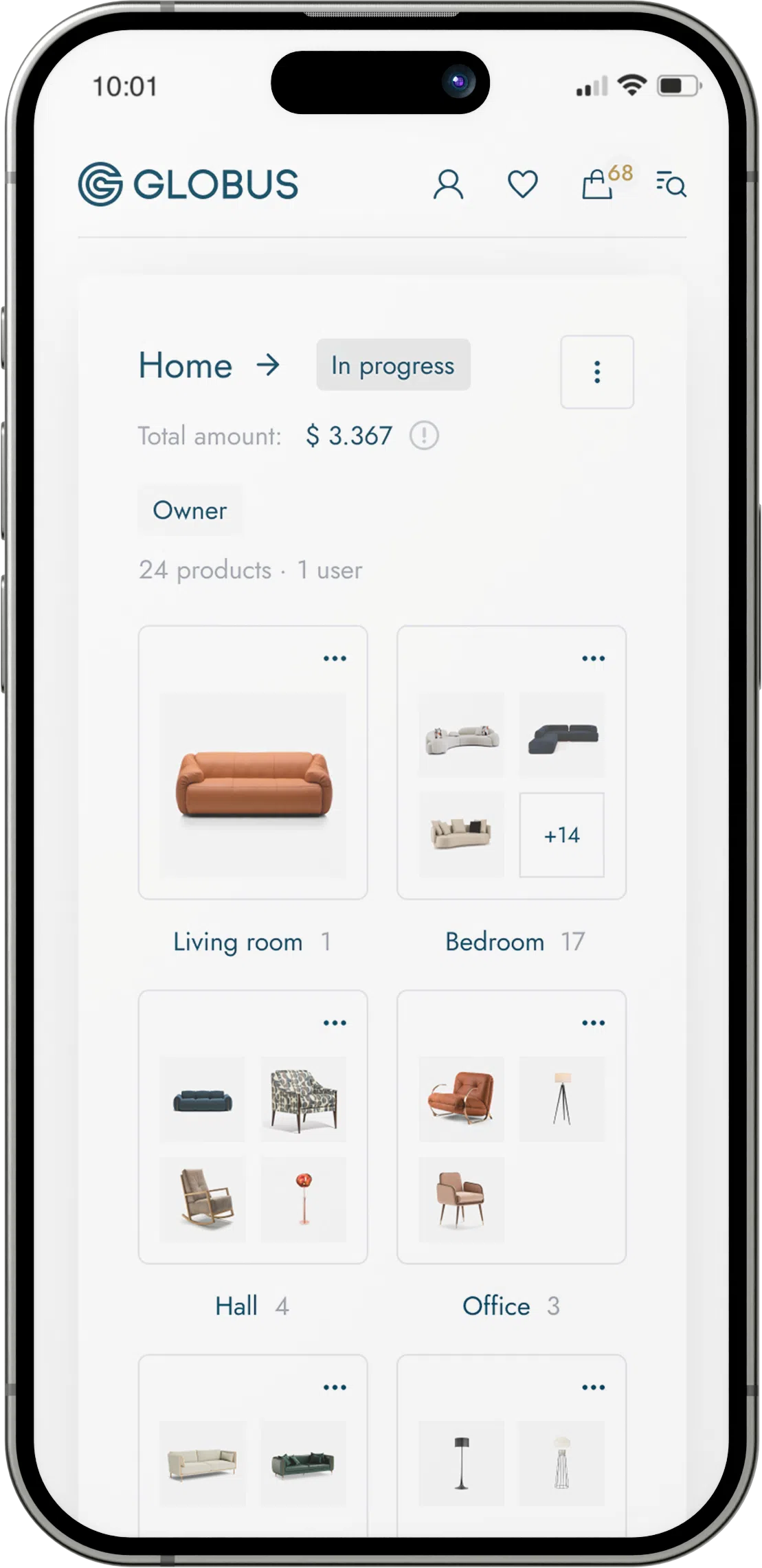
Loft style in furniture and interior design refers to an aesthetic that emerged from the conversion of large industrial spaces or warehouses into open, residential living areas, commonly known as lofts. This style is characterized by its fusion of rugged industrial elements with modern and contemporary design features. Here's a breakdown of the key characteristics that define loft-style furniture and interiors:
Open Spaces and High Ceilings: Lofts typically have fewer interior walls, creating open floor plans that are spacious and versatile. The high ceilings in these spaces allow for large windows, which bring in abundant natural light.
Industrial Elements: The industrial origins of the loft aesthetic are embraced through exposed structural components such as ductwork, beams, pipes, and concrete floors or columns. These elements are not only left visible but are often highlighted as key features of the design.
Raw Materials: Loft-style furniture often incorporates raw and unfinished materials like wood, metal, and concrete. Reclaimed timber, steel, and iron are commonly used to create pieces that show off the natural beauty and age of the materials.
Neutral Palette: The color palette in loft interiors tends to be neutral and subdued, creating a backdrop that emphasizes the textures and contrasts of the materials used. Shades of gray, black, white, and earth tones predominate.
Mix of Old and New: Loft style often involves a mix of vintage or antique pieces with modern and minimalist furniture. This juxtaposition creates a dynamic and eclectic atmosphere that is both chic and comfortable.
Minimalist Tendencies: Furniture designs in loft spaces lean towards clean lines and a lack of ornamentation. The simplicity of the pieces lets the raw materials and quality of craftsmanship take center stage.
Functionality: In keeping with the industrial heritage, loft-style furniture is often designed to be functional and durable. Pieces that serve multiple purposes or that are flexible and easy to move around match the needs of the open, adaptable loft spaces.
Bold Accents: While the general color scheme is neutral, loft-style spaces often feature bold accent pieces or artwork. This can range from a colorful modern painting to a vibrant area rug, providing a focal point and a splash of personality.
Lighting: Open filament bulbs, pendant lights with metal shades, and floor lamps with an industrial look are typical in loft interiors. These elements not only provide functional lighting but also serve as key design pieces that enhance the industrial vibe.
Texture: To balance the hard surfaces of metal and concrete, loft style often incorporates a variety of textures through textiles such as area rugs, throw pillows, and soft furnishings. These add warmth and comfort to the space.
In summary, the loft style is a blend of the practical, the urban, and the refined. It is defined by spacious layouts, industrial roots, and a mix of various materials and eras, creating a unique and contemporary living space.


